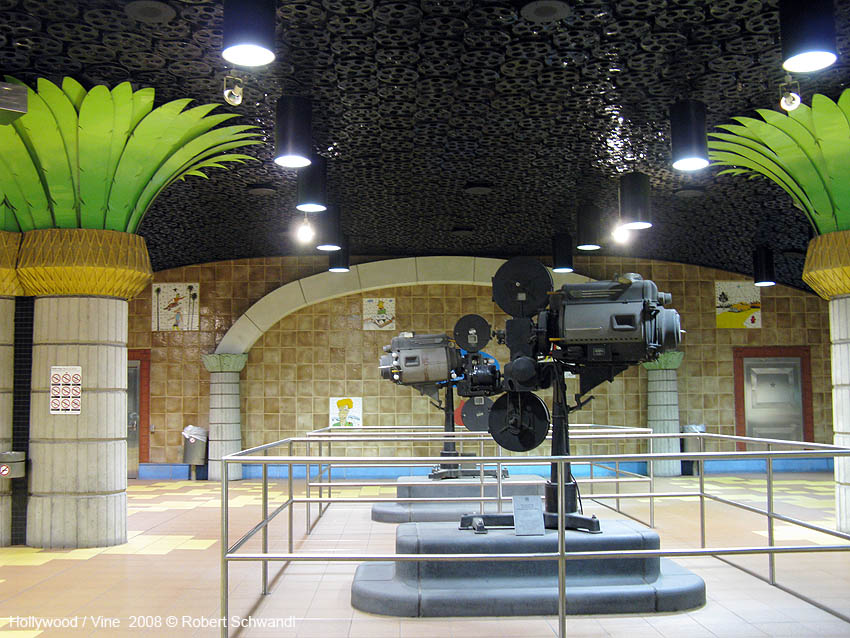"A metropolis of Los Angeles' standing deserves as much rail transit as it can get."
That's just one of several interesting statements in this thoughtful Op-Ed overview of the current state, and future potential, of mass transportation in L.A.
L.A. -- transit's promised land
Excerpts, starting with a little history...
"...it's important to remember that freeways, though they have become the city's de facto conduits for commuters, came relatively late. Los Angeles was originally a railway city, its early form set by the Southern Pacific Railroad and Santa Fe Railway. Its dispersed industrial suburbs were laced together by the inter-urban Red Cars of the Pacific Electric Railway and the local Yellow Cars of the Los Angeles Railway, a public transit system that, before World War II, was considered by many to be the best in the world."
...moving on to the present...
"After decades of neglect, Los Angeles now finds itself playing catch-up on its rail and bus transit networks. To its credit, the county's Metropolitan Transportation Authority, or Metro, is taking the long view. It is working hard to boost density to levels that will encourage ridership by entering into public-private partnerships that are turning station-proximate land into condo developments and multifamily dwellings, like Del Mar Station [Gold Line light rail in Pasadena] and 1600 Vine [Red Line subway in Hollywood]."
...and looking at future issues:
"The real fight in Los Angeles is not going to be over issues such as methane pockets under Beverly Hills High but over whether street space now given over to the private automobile will go to public transit. The drivers I talked to in Los Angeles all acknowledged that their city needed better transit. But, they admitted, that didn't mean they planned on using it themselves. Too often, unfortunately, transit is seen as something the other person ought to be using."

That's just one of several interesting statements in this thoughtful Op-Ed overview of the current state, and future potential, of mass transportation in L.A.
L.A. -- transit's promised land
Excerpts, starting with a little history...
"...it's important to remember that freeways, though they have become the city's de facto conduits for commuters, came relatively late. Los Angeles was originally a railway city, its early form set by the Southern Pacific Railroad and Santa Fe Railway. Its dispersed industrial suburbs were laced together by the inter-urban Red Cars of the Pacific Electric Railway and the local Yellow Cars of the Los Angeles Railway, a public transit system that, before World War II, was considered by many to be the best in the world."
...moving on to the present...
"After decades of neglect, Los Angeles now finds itself playing catch-up on its rail and bus transit networks. To its credit, the county's Metropolitan Transportation Authority, or Metro, is taking the long view. It is working hard to boost density to levels that will encourage ridership by entering into public-private partnerships that are turning station-proximate land into condo developments and multifamily dwellings, like Del Mar Station [Gold Line light rail in Pasadena] and 1600 Vine [Red Line subway in Hollywood]."
...and looking at future issues:
"The real fight in Los Angeles is not going to be over issues such as methane pockets under Beverly Hills High but over whether street space now given over to the private automobile will go to public transit. The drivers I talked to in Los Angeles all acknowledged that their city needed better transit. But, they admitted, that didn't mean they planned on using it themselves. Too often, unfortunately, transit is seen as something the other person ought to be using."

Red Line subway station at Hollywood & Vine. From the article: "L.A. has a two-line subway, I tell them, running trains through cavernous stations, like the one at Hollywood and Vine, where the ceilings are covered with oversized film reels. (You can actually get to the Oscars by subway!)"



